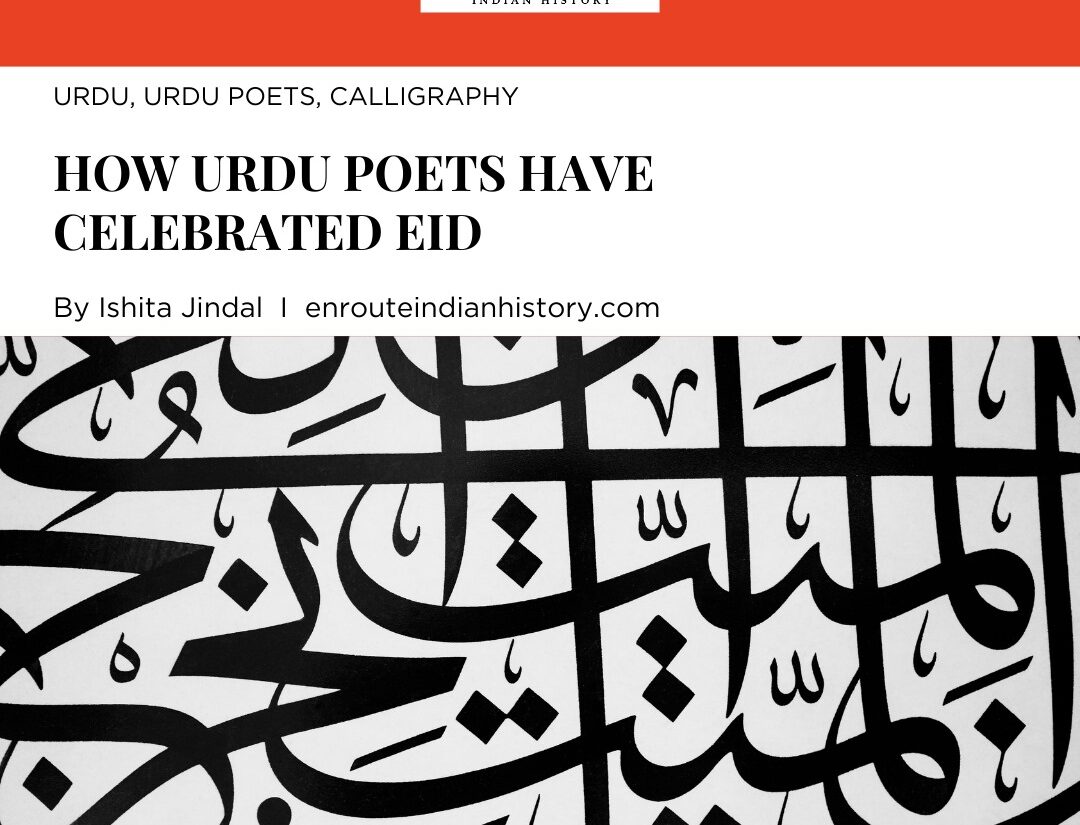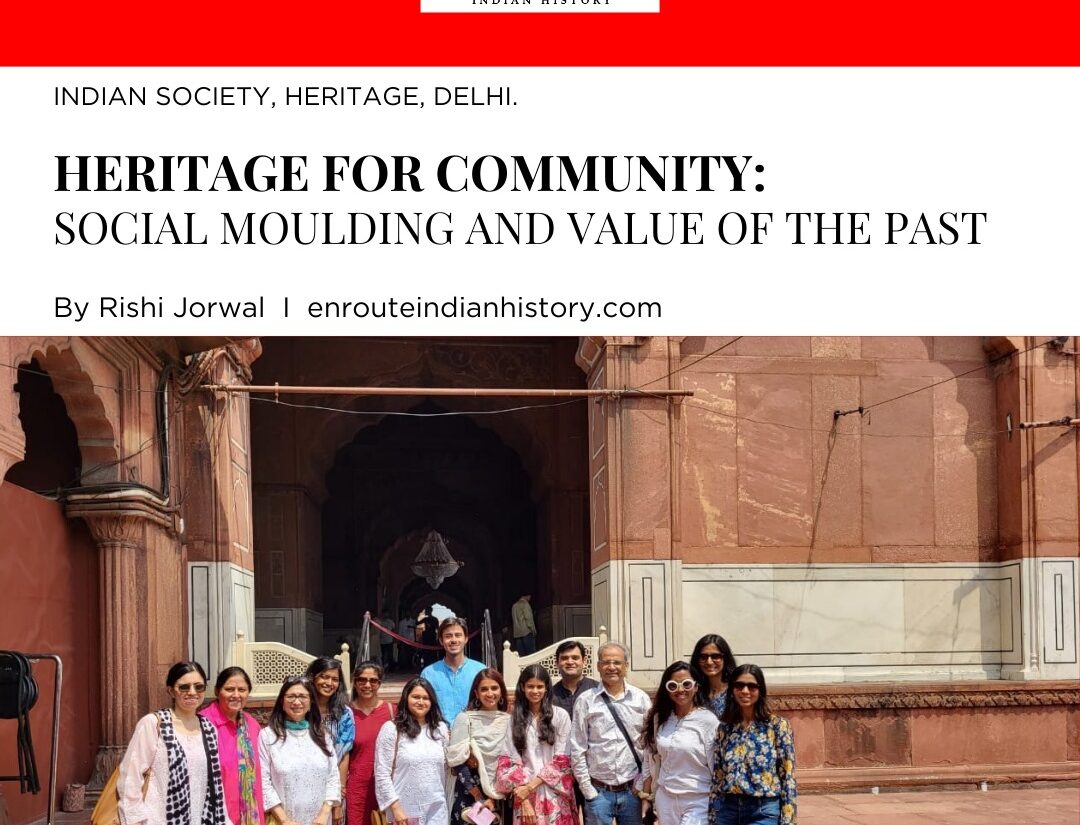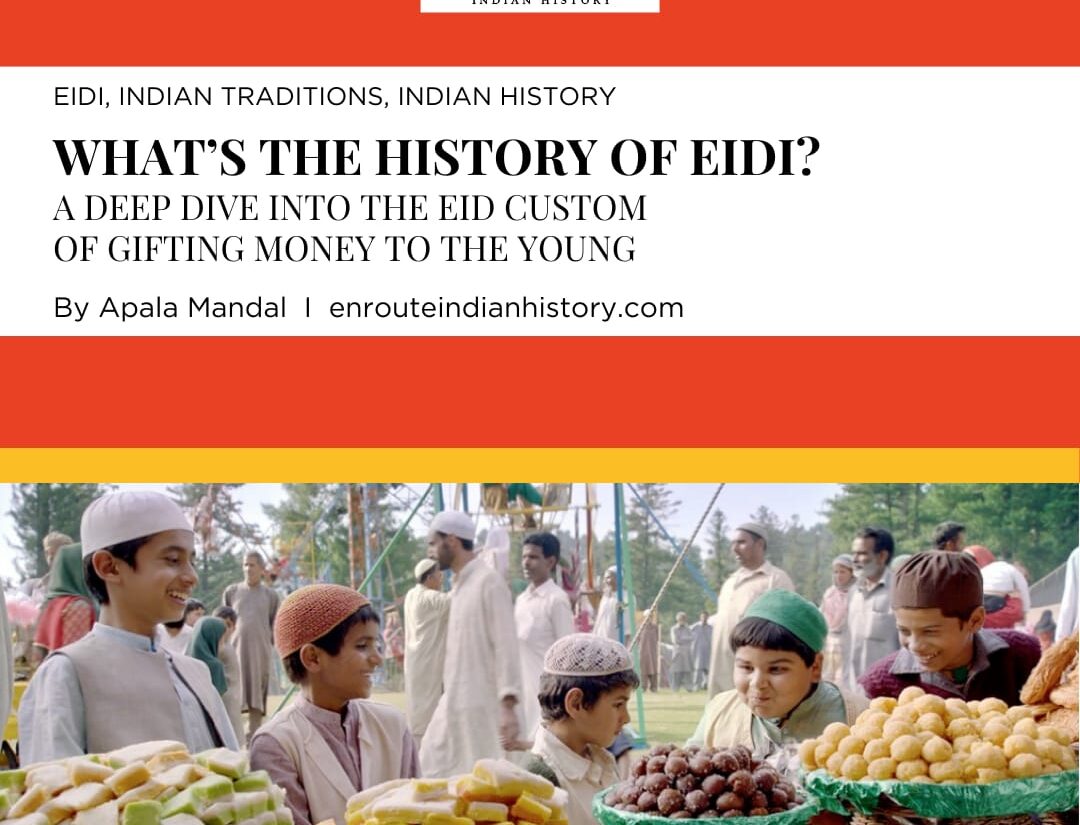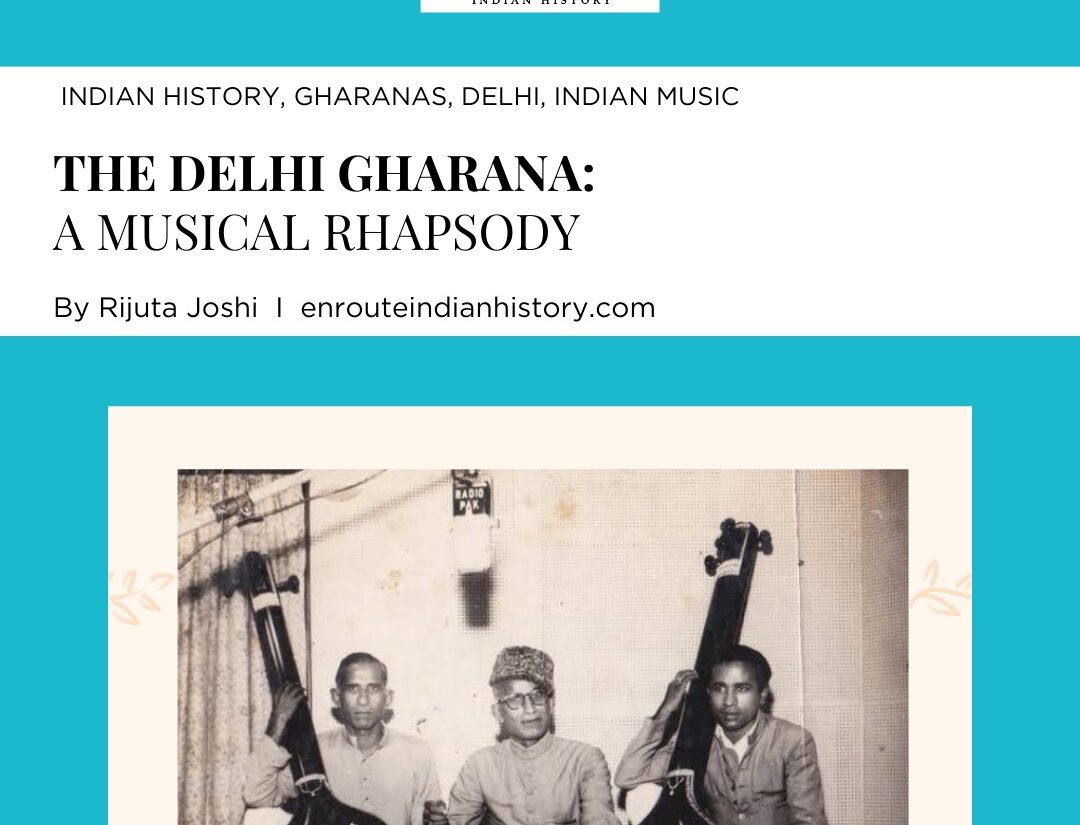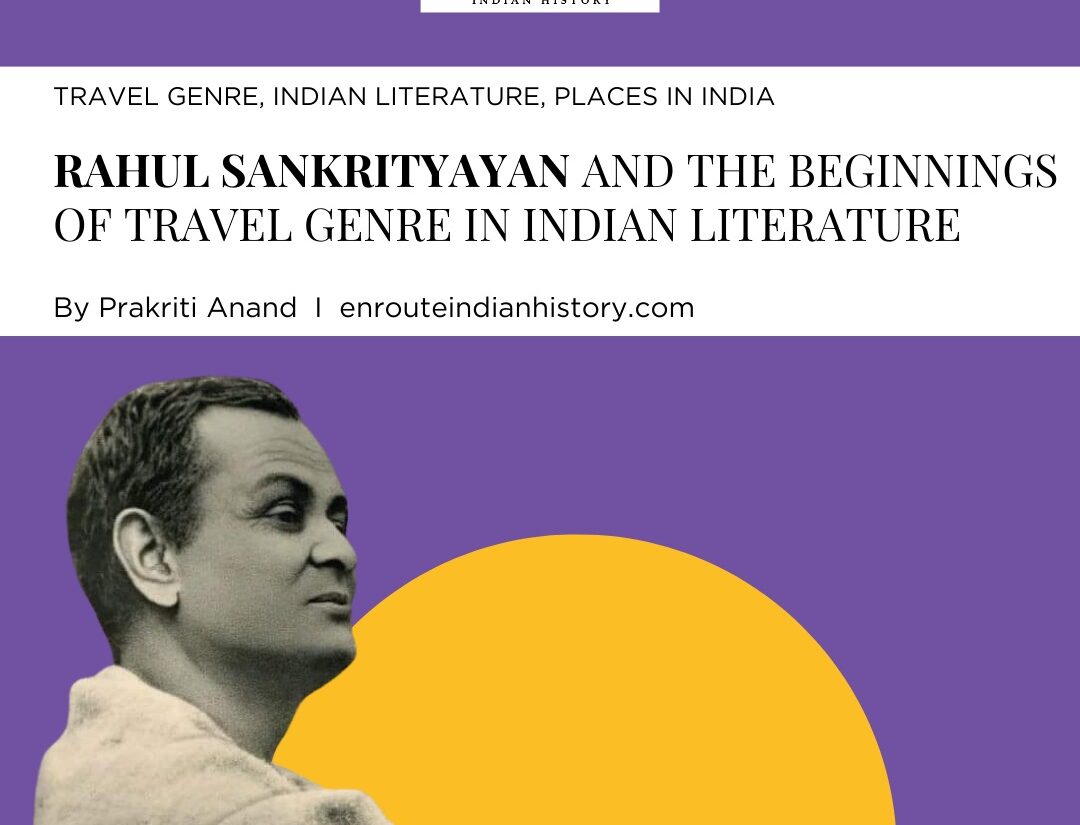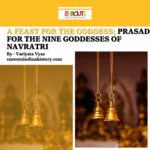
By Variyata Vyas
Navratri is a Hindu festival observed across India, for the veneration of Goddess Durga and her nine manifestations. The festival spans nine nights and is celebrated twice yearly, aligning with key seasonal transitions in the Indian calendar. Chaitra Navratri, occurring in March-April, coincides with the arrival of spring and the beginning of the Hindu New Year, symbolizing renewal and growth. Sharad Navratri, observed in September-October, marks the end of the monsoon season and the onset of autumn. The festival’s name, derived from the Sanskrit words nava (nine) and ratri (nights), signifies a period of intense religious observance involving fasting and cultural festivities.
The festival is primarily associated with the victory of the Hindu Goddess Durga over the demon Mahishasura, representing the triumph of good over evil. Navratri also aligns with the Ramayana narrative in northern and western India, commemorating Rama’s victory over Ravana. Each day of the festival is dedicated to a different form of the Goddess – Shailaputri, Brahmacharini, Chandraghanta, Kushmanda, Skandamata, Katyayani, Kaalratri, Mahagauri, and Siddhidhatri. Devotees, primarily women, prepare a variety of prasads for the goddesses each day. While offerings vary across regions and households, certain ingredients hold traditional significance. These ingredients are transformed into full-fledged prasads and presented to the deity as part of worship. The selection of prasads is rooted in Hindu traditional wisdom, passed down through generations, with women playing a central role in preserving and continuing the practice through fasting and preparing sacred offerings during the nine-day festival.
Goddess Shailaputri, an early incarnation of Goddess Parvati and daughter of the mountain king, is traditionally offered desi ghee as part of her worship. This practice is based on a story in which the goddess, while traversing the mountains, heard the cries of a cow in labor. She assisted the distressed animal, ensuring the safe birth of Nandi, who would later become Lord Shiva’s revered bull. In gratitude, the mother cow gifted her desi ghee and offered prayers for Nandi’s well-being. In reverence to this story, devotees prepare prasad using desi ghee, with suji ka halwa being the most common offering. Made from semolina (suji), ghee, sugar, and water, the dish is flavored with cardamom and garnished with almonds and cashews. The preparation involves roasting semolina in ghee until golden and fragrant, then adding a sugar syrup infused with cardamom. The mixture is cooked until it thickens and is garnished with nuts. While suji ka halwa is widely offered in North India, prasad traditions vary across regions, reflecting local culinary and religious customs.
The second day of Navratri is dedicated to Goddess Brahmacharini, who embodies penance, discipline, and devotion. She undertook severe austerities (tapasya) to attain Lord Shiva as her consort. Her name, Brahmacharini, signifies one who follows the path of rigorous spiritual practice and asceticism. In recognition of her sacrifice, offerings of mishri (rock sugar) or sugar-based sweets are made, symbolizing the inner sweetness and purity that emerge from steadfast penance. Her arduous journey ultimately led to a sweet conclusion when Lord Shiva accepted her as his consort.
One of the traditional prasads for this day is Mishri Mawa, a delicacy made with mawa (khoya), mishri, cardamom, and chopped nuts such as almonds and pistachios. The mawa is slow-cooked until aromatic and slightly golden, then combined with powdered mishri. The mixture is either shaped into small ladoos or served as a soft dessert. The use of mishri reflects the belief that true devotion brings inner peace and divine blessings.
Another prasad offered to the goddess, distinct from mishri-based sweets, is Puliyogare (tamarind rice), a common South Indian offering. Prepared with cooked rice, tamarind paste, jaggery, mustard seeds, curry leaves, dry red chilies, turmeric, and a blend of roasted sesame seeds, coriander, and fenugreek, Puliyogare balances tamarind’s sourness with jaggery’s sweetness. This contrast symbolizes the dual nature of asceticism – the hardships of penance reflected in tamarind’s tartness and the spiritual fulfillment represented by jaggery’s sweetness.
Goddess Chandraghanta, the third manifestation of Goddess Durga, is worshipped on the third day of Navratri. Her name, meaning “moon-bell,” signifies her divine attributes. In temples, the conch is blown to dispel negative energies, while at home, the ringing of a hand-held bell during prayers is believed to ward off evil forces.
Chandraghanta is depicted with a crescent moon, where Chandra symbolizes beauty and Ghanta represents the bell, whose sound is associated with wisdom. As the married form of Goddess Parvati, she is revered as the bestower of beauty and knowledge. Milk and milk-based sweets are traditionally offered to Goddess Chandraghanta, as milk symbolizes purity and nourishment. Among the common prasads are payasam and seviyan kheer, both prepared by simmering milk with rice or vermicelli until it thickens, then sweetened with sugar or jaggery.
The fourth day of Navratri is dedicated to Goddess Kushmanda, revered as the creator of the universe. Associated with the cosmic egg, she is believed to have brought the world into existence with her divine smile, illuminating the cosmos with her boundless energy.
As an offering, Malpua, a sweet pancake, is traditionally prepared. The round shape of Malpua symbolizes the radiance of the sun (where the goddess resides), mirroring the goddess’s connection to cosmic energy and life-giving force. Made with flour, milk, sugar, fennel seeds, and cardamom, with variations including mashed banana or khoya, the batter is mixed to a smooth consistency and left to rest. It is then deep-fried in ghee until golden and crisp before being soaked in warm sugar syrup and garnished with chopped nuts. This delicacy is also enjoyed during festivals like Holi and Diwali.
In South India, an alternative prasad is Paruppu Vadai, a savory lentil fritter symbolizing strength and sustenance. Made with chana dal (Bengal gram), dried red chilies, curry leaves, green chilies, ginger, and salt, the ingredients are coarsely ground to retain texture. Some variations include fennel seeds or grated coconut for added depth of flavor. The mixture is shaped into small patties and deep-fried, and then later served with coconut chutney. Interestingly, though Malpua is a sweet dessert and Paruppu Vadai is a savory dish, both share a similar round shape and golden hue, resembling the sun – a symbol of the goddess’s divine energy.
The fifth day of Navratri is dedicated to Goddess Skandamata, the mother of Lord Skanda (also known as Lord Kartikeya). When Goddess Parvati gave birth to Lord Skanda, she came to be known as Skandamata. Traditionally, bananas are considered to be the favorite fruit of Goddess Skandamata, and offerings of bananas or other fruits are made on this day, symbolizing longevity and good health. A prasad made on this day is Poha Rasayana, a naturally sweet dish prepared with flattened rice (poha), ripe bananas, grated coconut, jaggery, cardamom, and a little milk or coconut milk. The poha is lightly rinsed or softened before being mixed with mashed bananas, grated coconut, and jaggery. Cardamom enhances the flavor, while milk or coconut milk is used to adjust the consistency.
The sixth day of Navratri honors Goddess Katyayani, a fierce manifestation of Shakti. She was born to counter the growing tyranny of Mahishasura, a demon who had gained near invincibility through a boon from Lord Brahma, making him immune to defeat by men and animals. To combat this, Brahma, Vishnu, and Shiva combined their energies, giving rise to a divine force that took form in the hermitage of Sage Katyayan, who had been engaged in deep penance. Raised with devotion, Katyayani emerged as the chosen warrior to restore balance. Armed with divine weapons and immense strength, she battled Mahishasura and ultimately defeated him, signifying the triumph of righteousness over oppression. Her worship is associated with courage and resilience. As part of the ritual offerings, honey is presented to the goddess, symbolizing the peace and harmony restored after Mahishasura’s defeat. A traditional prasad for the occasion is honey halwa, prepared like any other halwa but with honey replacing sugar or jaggery as the sweetener.
The seventh day of Navratri is dedicated to Goddess Kalaratri, the fiercest form of Goddess Parvati. When Parvati shed her golden skin to destroy the demons Shumbha and Nishumbha, she manifested as Kalaratri. Her name comes from Kaal (time or death) and Ratri (night or darkness), signifying her role in eliminating ignorance and evil, bringing forth wisdom and enlightenment. Often associated with Goddess Kali, she embodies the destruction of darkness and the emergence of divine power. As part of the observance, jaggery or jaggery-based sweets are offered to the goddess, believed to provide protection from negative forces. A traditional prasad for this day is Lapsi, a nourishing dish made with broken wheat (dalia), ghee, jaggery, cardamom, and water, often garnished with nuts and raisins.
The eighth day of Navratri is dedicated to Goddess Mahagauri, revered for her radiant, fair complexion. Goddess Shailputri, at sixteen, possessed extraordinary fairness, earning her the name Mahagauri, meaning “extremely fair.” Her glow is often compared to the conch, the moon, and the white Kunda flower. She is offered coconut and milk-based sweets as symbols of purity and divine blessings. A special prasad preparation is Nariyal Ka Halwa (Coconut Halwa), made with grated coconut, milk, and jaggery. The coconut is sautéed in ghee until fragrant, then simmered with milk until it thickens. Sweetened and infused with cardamom, the mixture is stirred to a smooth, halwa-like consistency and garnished with nuts.
The ninth and final day of Navratri is dedicated to Goddess Siddhidatri, the bestower of supernatural powers (Siddhis) and divine wisdom. It is believed that Goddess Siddhidatri emerged from the left half of Lord Shiva, granting him all Siddhis (spiritual attainments). This union symbolizes the concept of Ardha-Narishwar, where Shiva and Shakti exist as one. Sesame seeds (til) and sesame-based sweets are offered to the goddess. A common offering is Til Ke Ladoo, a traditional sweet made with sesame seeds, sugar, and ghee. To prepare Til Ke Ladoo, sesame seeds are dry roasted until they are aromatic, while jaggery is melted with ghee to create a sticky syrup. The roasted sesame seeds are then mixed into the syrup. While still warm, the mixture is shaped into small round ladoos, resulting in a nutritious and festive sweet that is commonly prepared during religious occasions, especially Makar Sankranti. By offering Til Ke Ladoo to Maa Siddhidatri, devotees seek her divine blessings for wisdom, success, and fulfillment, concluding the nine-day spiritual journey of Navratri with devotion and grace.
However, this is also the day when devotees break their long fast. Along with the prasad, the entire thali containing puri, mixed vegetable sabzi, kheer, relma (chilla), and fritters, garnished with a sacred tulsi leaf, is offered in devotion to the goddesses, marking a celebratory conclusion to the festival. This final meal is not just a feast but a culmination of faith and reverence, bringing together fasting and festivity in a single offering. It signifies gratitude, the fulfillment of rituals, and the reaffirmation of tradition, ensuring that the spirit of Navratri carries forward into the everyday lives of devotees.
While fasting during Navratri cultivates self-control and detachment from indulgence, the prasad transforms simple ingredients into sacred nourishment, shared among family and the community. However, every household has its own way of celebrating; some adhere to generational recipes, while others adapt traditions to contemporary lifestyles. This variation does not dilute the festival’s essence but rather strengthens it, as devotion is not bound to a singular practice but thrives in the continuity of remembrance and offering.
Navratri is made distinct by the interplay of stories, devotion, and food. The tales of the goddess, her victories, her grace, her many forms find expression in the rituals of her devotees. Whether through fasting, prayers, or the careful preparation of prasad, each action reinforces a connection to the divine. What makes the festival special is this collective participation, the way food and faith intertwine to create an enduring celebration that is both personal and widely shared. The preparation of prasad during Navratri is a ritual that sustains the festival’s legacy, bridging devotion with daily life. Each offering, whether a simple fruit, a carefully prepared satvik dish, or grains reserved for fasting, becomes an expression of faith.
In recent years, social media has played a growing role in shaping how Navratri traditions, particularly food practices, are shared and preserved. Food content creators, bloggers, and culinary influencers bring greater visibility to prasad recipes, fasting foods, and regional variations of Navratri meals. Through short videos, recipe tutorials, and cultural storytelling, digital platforms extend the reach of traditional food practices beyond immediate families and local communities by visually documenting these recipes on social media. What was once knowledge passed down within households is now accessible to a global audience, allowing for both preservation and adaptation.
In every home, every offering, and every story shared, the festival endures, carried forward by the devotion of its participants. Whether through a sacred meal prepared in a family kitchen or a recipe rediscovered on a digital platform, the festival continues to thrive, ensuring that its legacy is not only preserved but also reshaped to fit the lives of those who keep it alive.
References:
JKYog India. (2023). Navaratri Day 7: Worshiping Maa Kaalratri, Rituals, and the Tale of Bravery. https://jkyog.in/en/wisdom/blog/navaratri-day-7-worshiping-maa-kaalratri-rituals-and-the-tale-of-bravery
Kaushik, G. (2014). A Critical Study on the Nine Forms of the Goddess Durga and Their Mythological Narratives in the Markandeya Purana. Volume 2, Issue 12, December 2014. https://www.internationaljournalcorner.com/index.php/theijhss/article/view/140787
Mangaldeep (2022). Why is Goddess Shailaputri offered Ghee – Navratri with Mangaldeep. YouTube video. https://www.youtube.com/watch?v=YyYnZ9L5M6A
Showsha (2022) Navratri 2022, Nine Types Of Bhog You Should Offer During Durga Puja. https://www.youtube.com/watch?v=qYRx0OYZMAo
Basic Cooking (2024) Navratri 9 Days 9 Prasad Recipes, Navratri Prasad Recipes. YouTube video. https://www.youtube.com/watch?v=bx_LTRVHMq0
Geeta’s Kitchen (2021) 9 Days 9 Prasad Varieties For Navratri 2021! Traditional South Indian. https://www.youtube.com/watch?v=PVfvLceswmw
- April 18, 2024
- 22 Min Read
- April 18, 2024
- 5 Min Read
- April 3, 2024
- 10 Min Read
